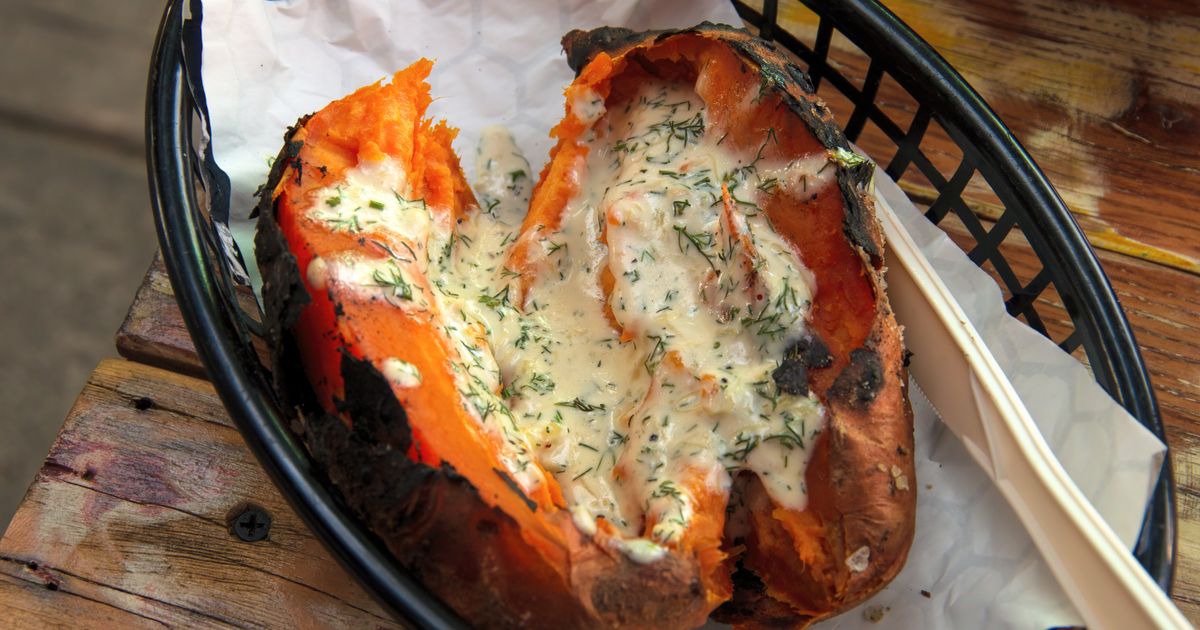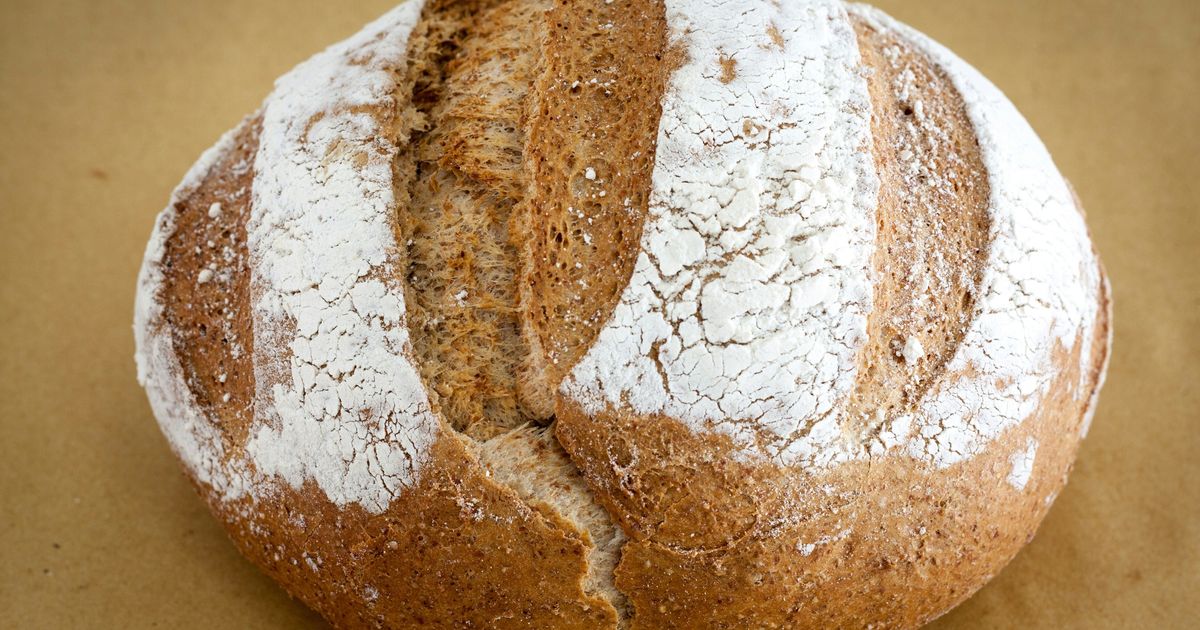
Every home cook thinks they’re the best home cook there is – and you know what? They’re right. Including me. I am the best home cook.
My most-perfected dishes are my weekly lemon and ginger chicken thighs and, without a doubt, my baked sweet potatoes.
Advertisement
Before I could even cook – well, before I binge-watched cooking channels for inspiration – I could always cook a mean baked sweet potato.
They’re really high in potassium and are versatile enough that they can be loaded up with chicken, tuna, cheese or honestly just a blob of butter, and still taste delicious.
The best, easiest way to cook sweet potatoes
First of all, heat your oven to around 190°C.
Next, give your sweet potatoes a good scrub and dry them with paper towels. This ensures that the oil soaks in a little easier later.
Advertisement
Now, you just need to prick a few holes in them using a fork and put them in the microwave for around five minutes.
Once they’re out, rest them on tin foil, pour a little vegetable oil on them as well as some mixed herbs (or whatever herbs and spices you’d like), rub the oil and seasonings into the skin and wrap them in the foil.
You should then put your sweet potatoes in the oven for around 30 minutes before checking to see if they’re soft enough using a fork. Sometimes, if they’re a little bigger, this can take up to an hour.
Advertisement
If yours still isn’t soft enough, check it every 10 minutes to see if they’re ready.
Finally, add your toppings and tuck in!
What about leftovers?
If you’ve made too many sweet potatoes, you could blend them with vegetable stock and make a little soup for later.
Health benefits of sweet potatoes
According to BBC Good Food, the health benefits of sweet potatoes include:
- May reduce the risk of cancer
- May support digestive health
- May help manage type-2 diabetes
- Good for eye health
- May support immune function
- May support the brain and nervous system
- May support heart health
- May be liver protective.
Long live the sweet spud!





























